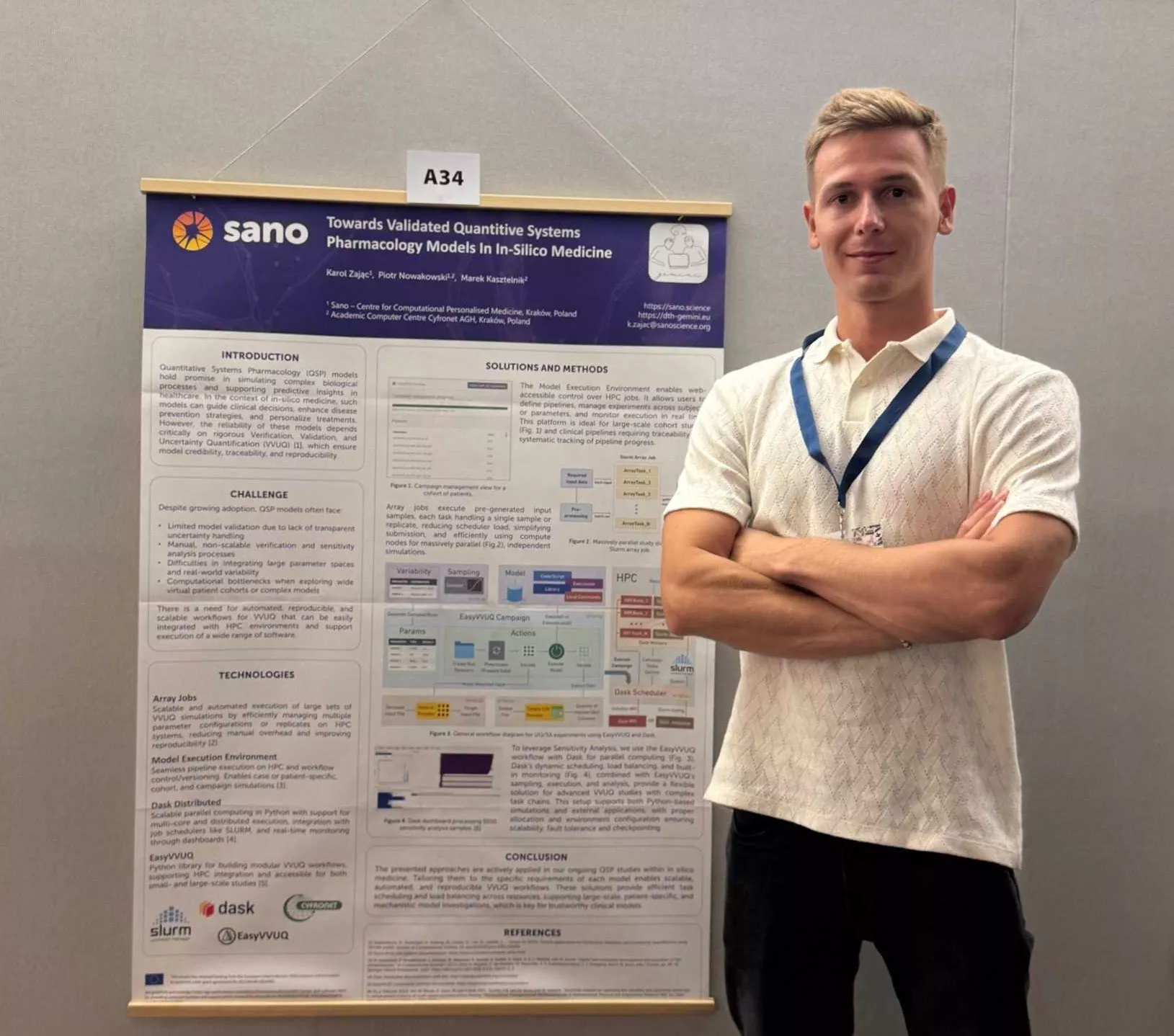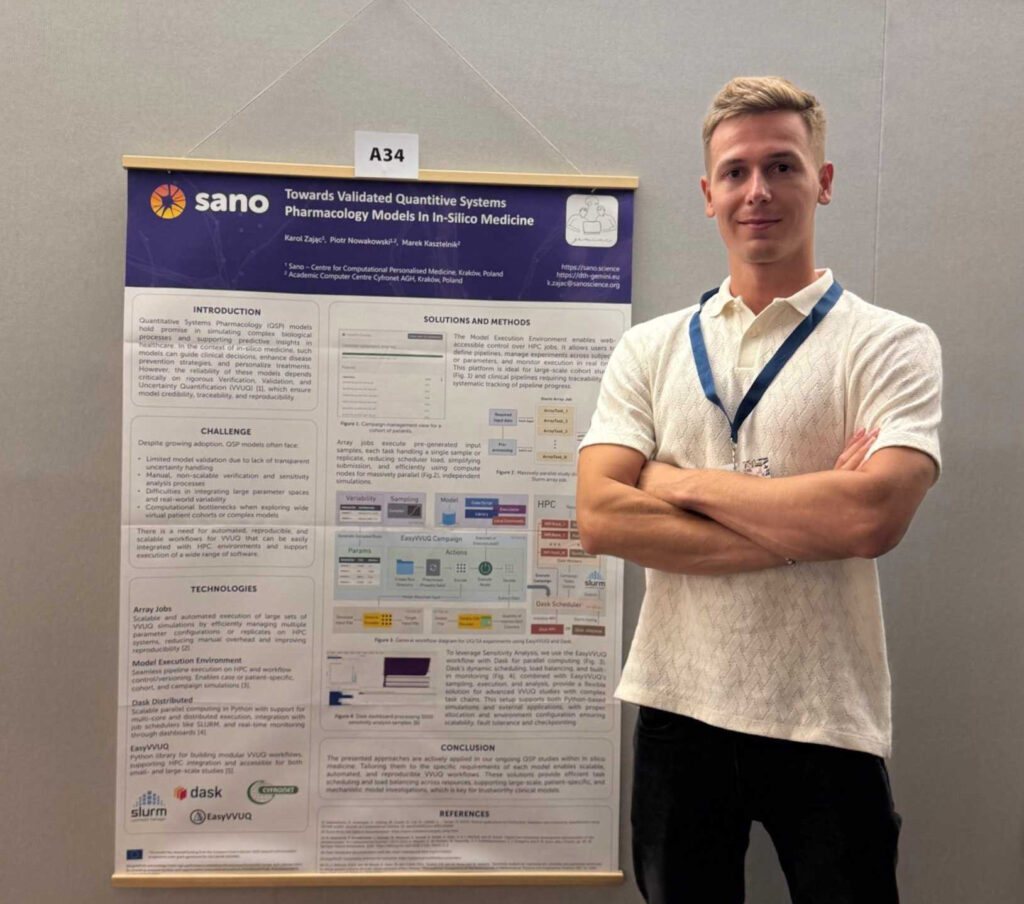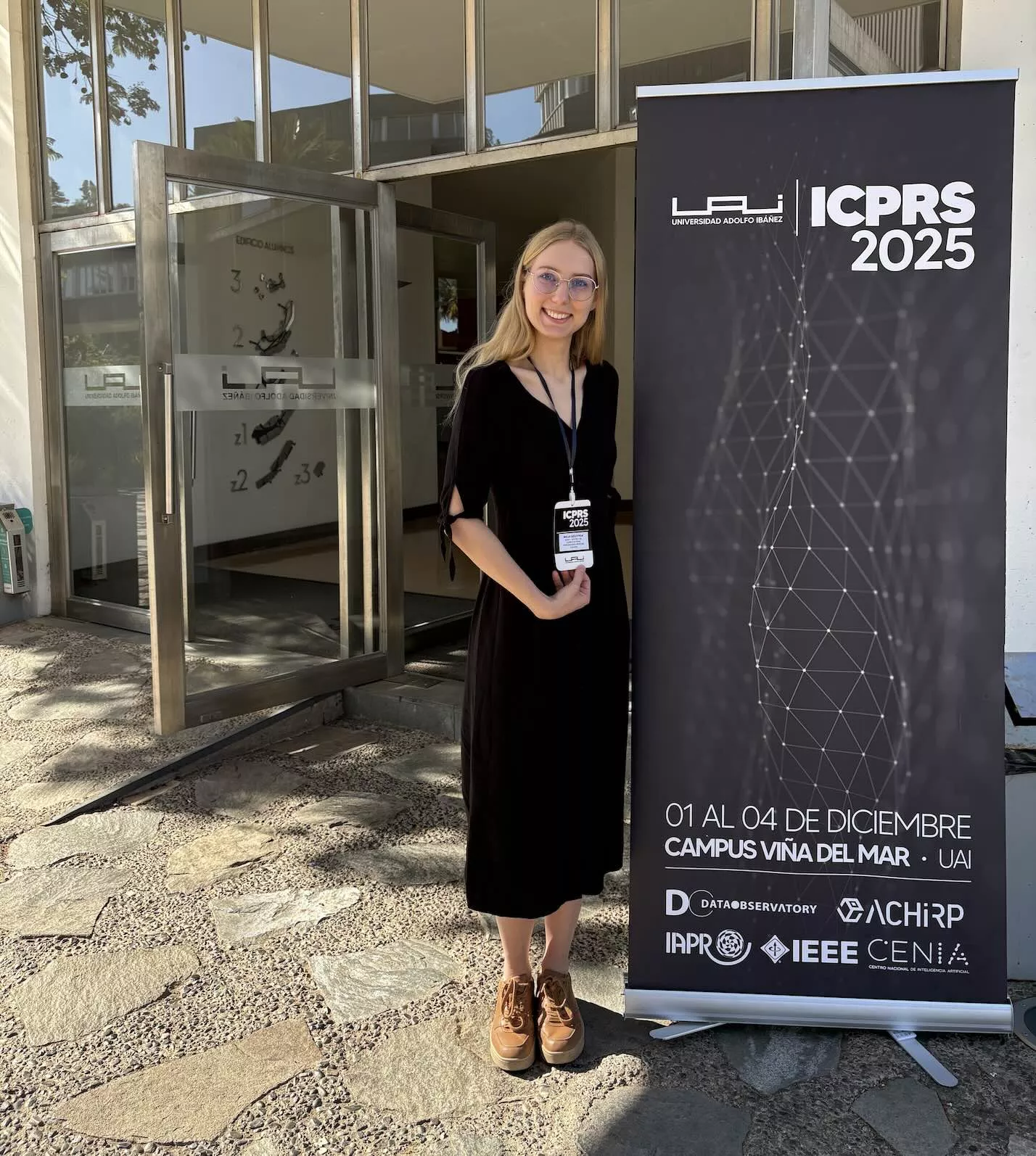
Sparking translational modelling at CMBBE 2025 in Barcelona
The 20th International Symposium on Computer Methods in Biomechanics and Biomedical Engineering (CMBBE 2025) gathered in Barcelona and marked two decades of advances in computational biomechanics and biomedicine for simulation, modeling, and clinical translation. The anniversary edition, hosted at Universitat Pompeu Fabra’s Poblenou campus and chaired by Jérôme Noailly, emphasized rigorous methods, reproducible workflows, and […]
The 20th International Symposium on Computer Methods in Biomechanics and Biomedical Engineering (CMBBE 2025) gathered in Barcelona and marked two decades of advances in computational biomechanics and biomedicine for simulation, modeling, and clinical translation. The anniversary edition, hosted at Universitat Pompeu Fabra’s Poblenou campus and chaired by Jérôme Noailly, emphasized rigorous methods, reproducible workflows, and collaboration across academia, clinics, and industry.
Sano contributions
Two researchers presented posters advancing quantitative pharmacology and medical image enhancement for in‑silico pipelines and diagnostic robustness, aligning with the symposium’s focus on methodologically sound, translatable computational tools.
Karol Zając: QSP model validation

Karol Zając presented a poster based on the abstract “Towards validated quantitative systems pharmacology models in in‑silico medicine,” highlighting strategies for calibrating and validating QSP models to bridge mechanism‑informed simulations with decision‑ready outputs. In the CMBBE context, the contribution aligned with community priorities on verification, validation, and uncertainty quantification for models deployed across preclinical–clinical workflows.
Mahmoud Nasr: enhanced medical imagery
Mahmoud Nasr presented a poster based on the abstract “Enhanced medical image using variational mode decomposition and quaternion bilateral filtering,” combining signal‑aware decomposition with edge‑preserving filtering to improve contrast and structure retention. Such methods were central to CMBBE’s imaging and computation threads, where improved denoising and segmentation reliability fed downstream modeling and patient‑specific simulations.


Why CMBBE mattered
At its 20th edition, CMBBE remained a reference venue for computational method developers seeking rigorous peer exchange on simulation fidelity, numerical methods, and clinical integration. The 2025 program underscored state‑of‑the‑art modeling, software, and thematic sessions that cultivated cross‑disciplinary collaboration and transparent benchmarking.




